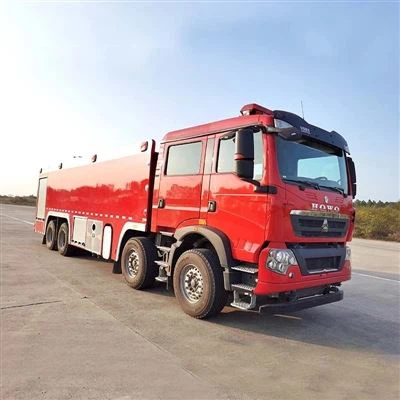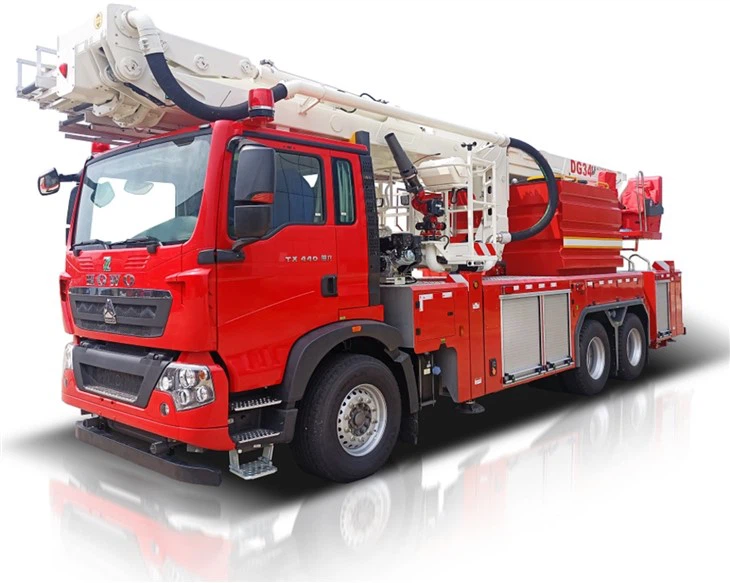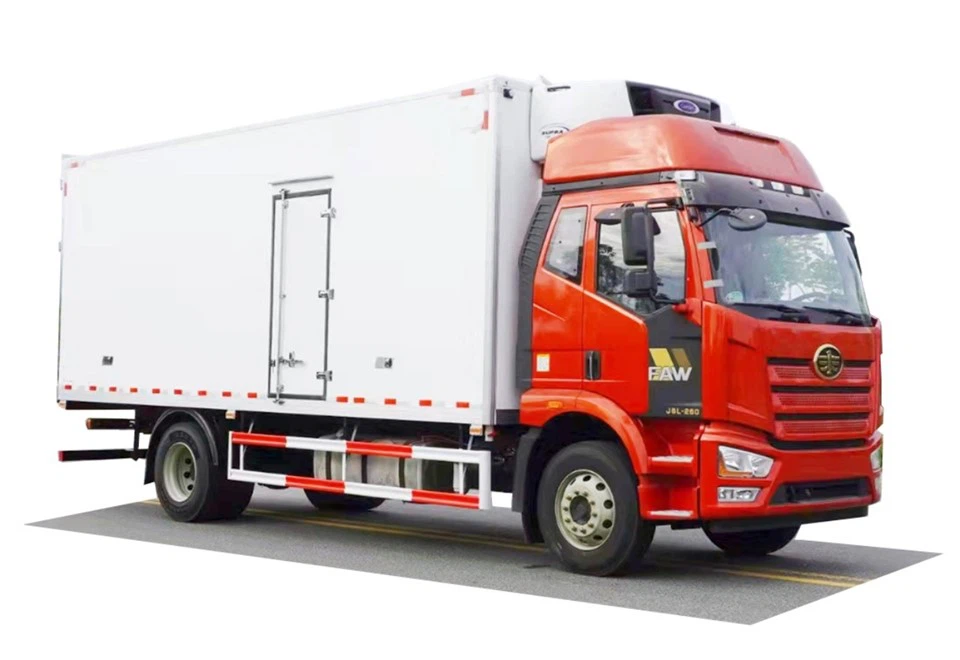Understanding VDS Car Meaning: A Comprehensive Guide

Introduction
The automotive industry often uses acronyms and abbreviations that can confuse even seasoned car enthusiasts. One such term is “VDS,” which stands for Vehicle Dynamic Stability. This article delves into the meaning of VDS in relation to cars, its functionality, advantages, and implications for vehicle performance and safety. We aim to provide a complete understanding of the term while ensuring the content is accessible to all readers. Whether you are a car buyer or simply curious about automotive technologies, this guide will equip you with valuable insights.
What Does VDS Mean in the Context of Cars?

VDS, or Vehicle Dynamic Stability, refers to a set of technologies and systems designed to enhance a vehicle’s stability and handling characteristics through various driving conditions. It integrates multiple systems including traction control, stability control, and anti-lock braking systems (ABS) to provide a safer driving experience.
Key Components of VDS
The main components that contribute to the Vehicle Dynamic Stability system include:
- Traction Control System (TCS): Helps prevent wheel spin during acceleration.
- Electronic Stability Control (ESC): Reduces the risk of skids and loss of traction.
- Anti-lock Braking System (ABS): Prevents the wheels from locking up during braking.
- Dynamic Torque Vectoring: Distributes torque among the wheels to improve agility and cornering.
How VDS Works
The VDS system constantly monitors various data inputs from the vehicle’s sensors, such as speed, steering angle, and yaw rate. It evaluates the vehicle’s behavior and makes real-time adjustments to braking and acceleration to maintain stability. For example, if the system detects that the car is losing traction while turning, it can selectively apply brakes to the wheels that need it, helping to steer the vehicle back on track.
The Importance of Stability in Vehicles
Stability in vehicles is crucial for several reasons:
- Safety: Prevents accidents by maintaining control during slippery or emergency conditions.
- Performance: Enhances driving experience by improving responsiveness and handling.
- Fuel Efficiency: A stable vehicle can maintain speed efficiently, reducing fuel consumption.
Benefits of VDS Technology
Enhanced Safety Features
One of the primary benefits of VDS technology is improved safety. Cars equipped with advanced VDS systems can significantly reduce the likelihood of skids, rollovers, and accidents, particularly in adverse weather conditions.
Better Handling and Control
VDS enhances the vehicle’s handling capabilities. Drivers experience better control in sharp turns, during sudden stops, and when accelerating from a standstill.
Adaptive Responses to Driving Conditions
The VDS system can adjust its response based on road conditions. For instance, on icy roads, the system may become more conservative in power delivery, promoting safer acceleration.
Examples of Vehicles Featuring VDS
Many modern vehicles incorporate VDS technology, including:
| Make | Model | Year | Features |
|---|---|---|---|
| Toyota | Camry | 2021 | Dynamic Radar Cruise Control, Lane Departure Alert |
| BMW | 3 Series | 2022 | Active Driving Assistant, Traction Control with Dynamic Stability Control |
| Mercedes-Benz | C-Class | 2022 | Electronic Stability Program, Active Brake Assist |
| Ford | F-150 | 2022 | Electronic Locking Rear Differential, AdvanceTrac |
Comparing VDS with Other Stability Technologies
Understanding how VDS compares with other stability technologies is essential for vehicle buyers. Below, we break down the differences.
VDS vs. Traction Control
While traction control is a component of VDS, it specifically helps manage wheel slip when accelerating. VDS is more comprehensive, encompassing various driving dynamics.
VDS vs. Electronic Stability Control (ESC)
ESC is a core feature of VDS, focusing on preventing skidding by managing brakes. However, VDS integrates ESC along with other systems for overall dynamic stability.
How to Maintain VDS Efficiency
To ensure the VDS system functions optimally, car owners should follow these practical tips:
Regular Maintenance Checks
Routine maintenance checks on your vehicle’s braking system, tires, and suspension can help maintain the effectiveness of VDS.
Monitor Tire Conditions
Maintaining proper tire pressure and ensuring good tread depth are vital. Tires are the contact point between the car and the road, influencing VDS performance.

Update Software Systems
Many modern vehicles have software-controlled VDS systems. Keeping your vehicle’s software updated is crucial for optimal performance.
Common Misconceptions About VDS
Myth 1: VDS Eliminates the Risk of Accidents
While VDS significantly reduces the risk of accidents, it does not eliminate them completely. Drivers should still exercise caution and adhere to safe driving practices.
Myth 2: All Cars Have VDS
Not all vehicles come equipped with VDS technology. Typically, higher-end models and various trims feature these advanced systems.
Myth 3: VDS Is Only for Sports Cars
VDS technology is found in a range of vehicles, from sedans to SUVs, and not limited to high-performance sports cars.
Future Trends in VDS Technology
The future of VDS technology looks promising with advancements in AI and machine learning. Some expected trends include:
Integration with Autonomous Systems
As cars become increasingly autonomous, VDS will play a critical role in vehicle navigation and stability without driver intervention.
Enhanced Sensor Capabilities
Improvements in sensor technology will allow VDS systems to react faster and more accurately to dynamic driving conditions.
Accessibility Features
Developing VDS systems that cater to users with disabilities or specific driving needs is an emerging focus area in automotive technology.
FAQ Section

What is VDS in a car?
VDS stands for Vehicle Dynamic Stability, a system designed to enhance vehicle stability and handling through advanced technology.
How does VDS improve vehicle safety?
VDS improves safety by preventing loss of traction, reducing the risk of skidding and rollovers, particularly in adverse weather conditions.
Are there specific vehicles that have VDS technology?
Yes, many modern vehicles from brands like Toyota, BMW, and Ford include VDS technology as part of their safety features.
Can VDS be turned off?
In most cars, VDS can be turned off through the vehicle’s settings, though it’s generally recommended to keep it enabled for safety.
Is VDS the same as ABS?
No, VDS encompasses multiple stability technologies, including ABS, but focuses mainly on overall vehicle control and stability.
How often should I check my VDS system?
It’s advisable to include your VDS system in regular vehicle maintenance checks, ideally every time you have your brakes or tires serviced.
